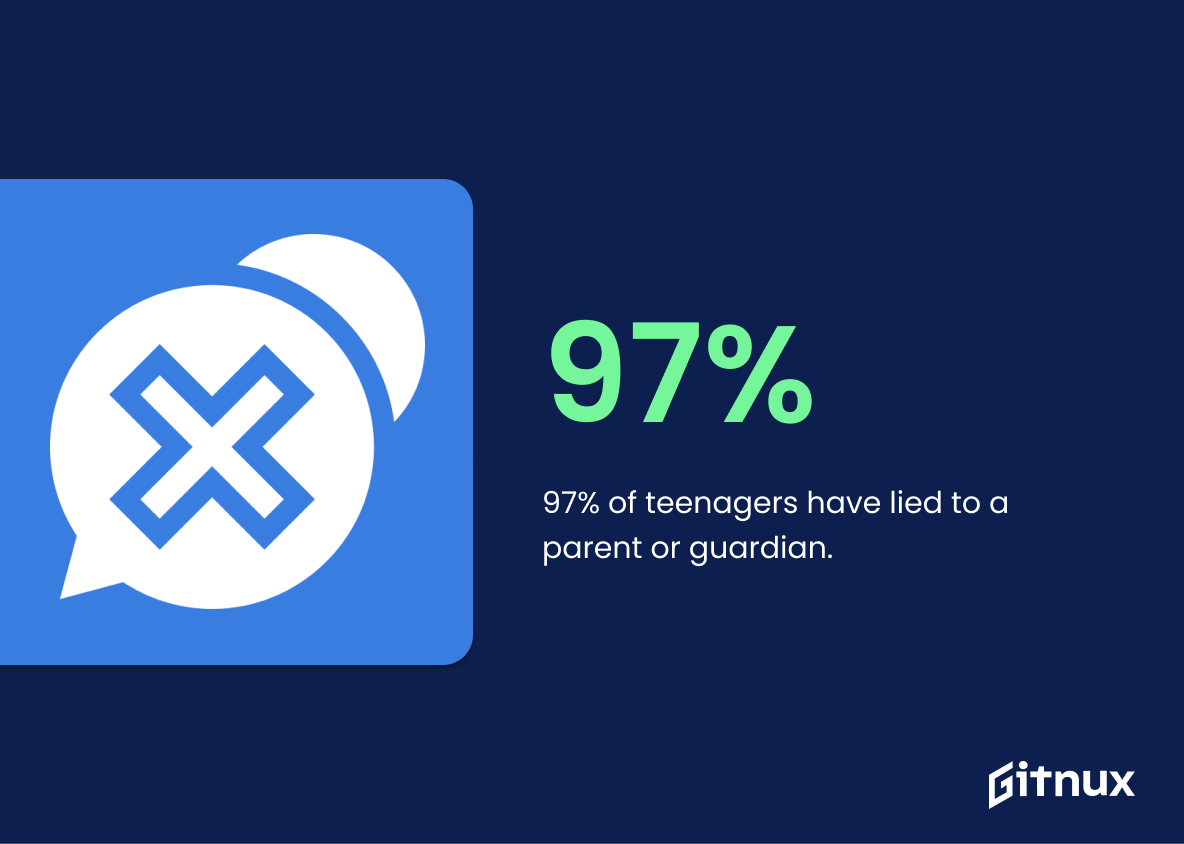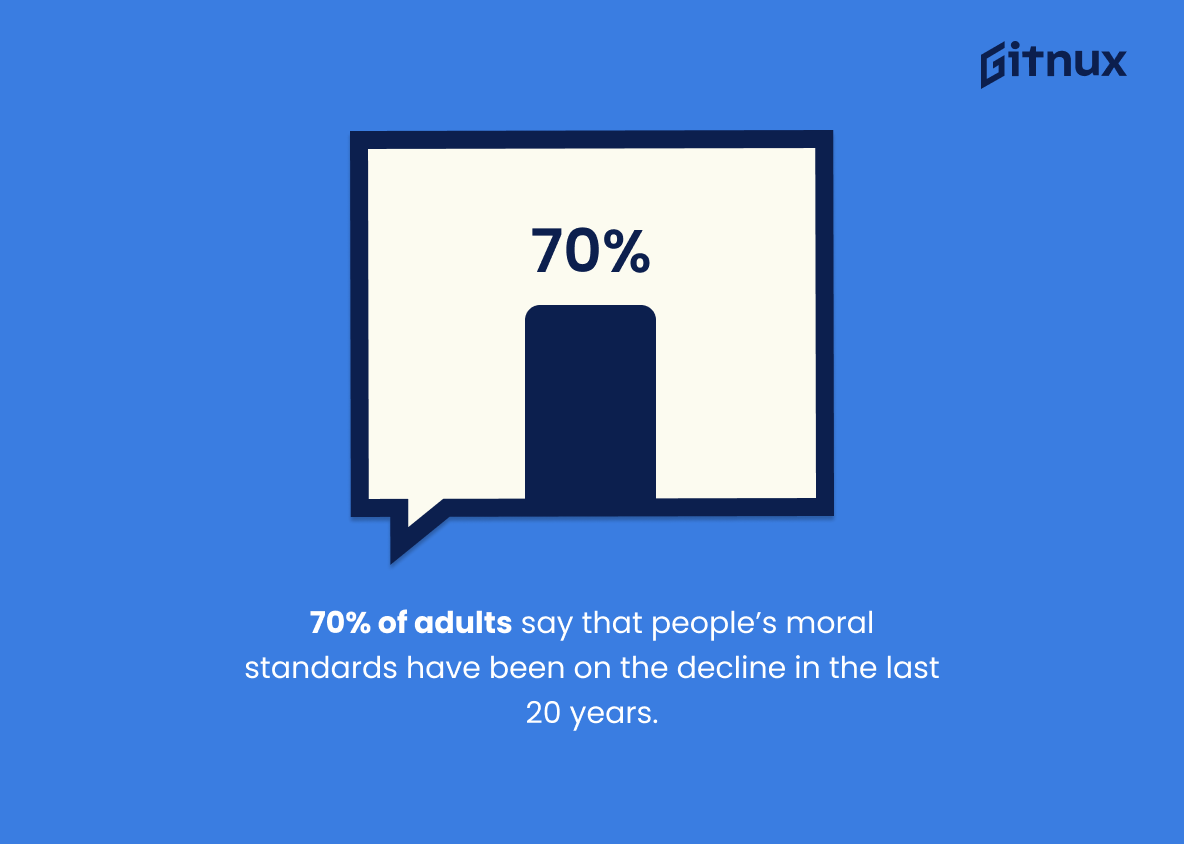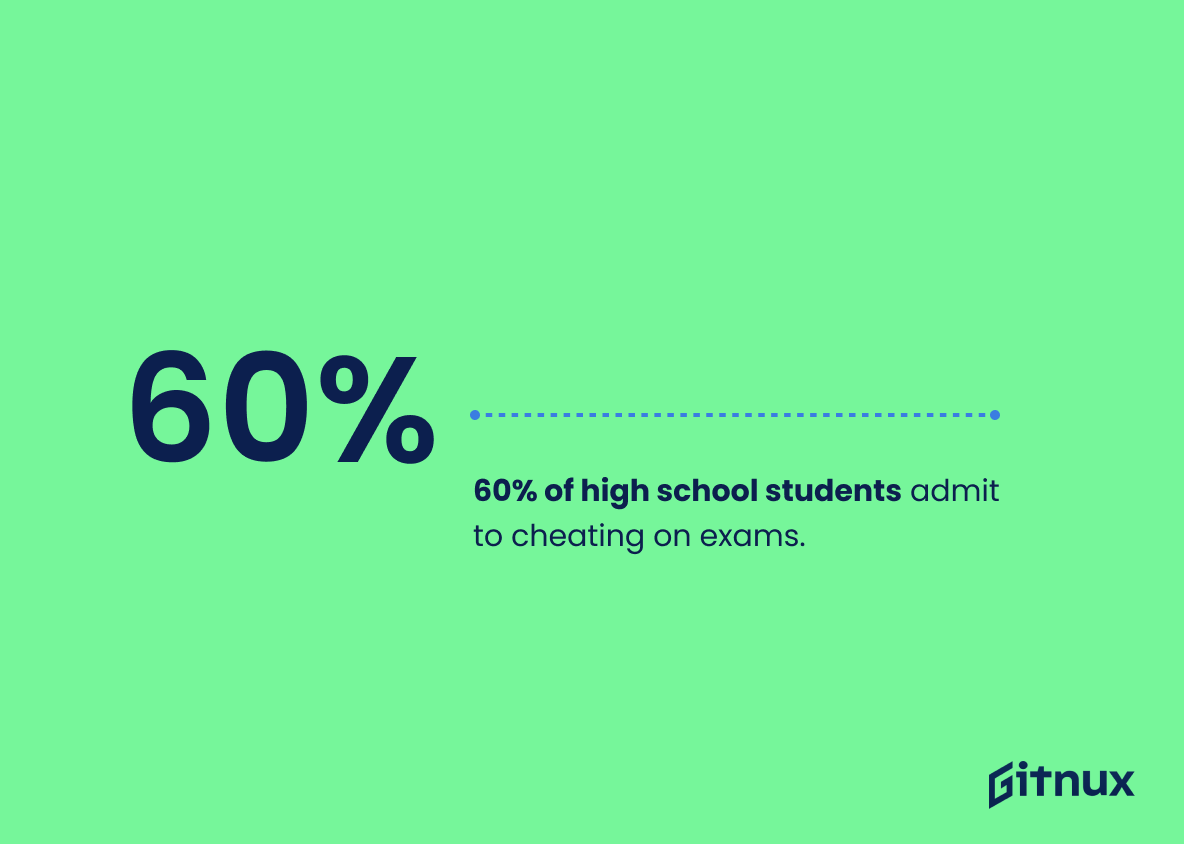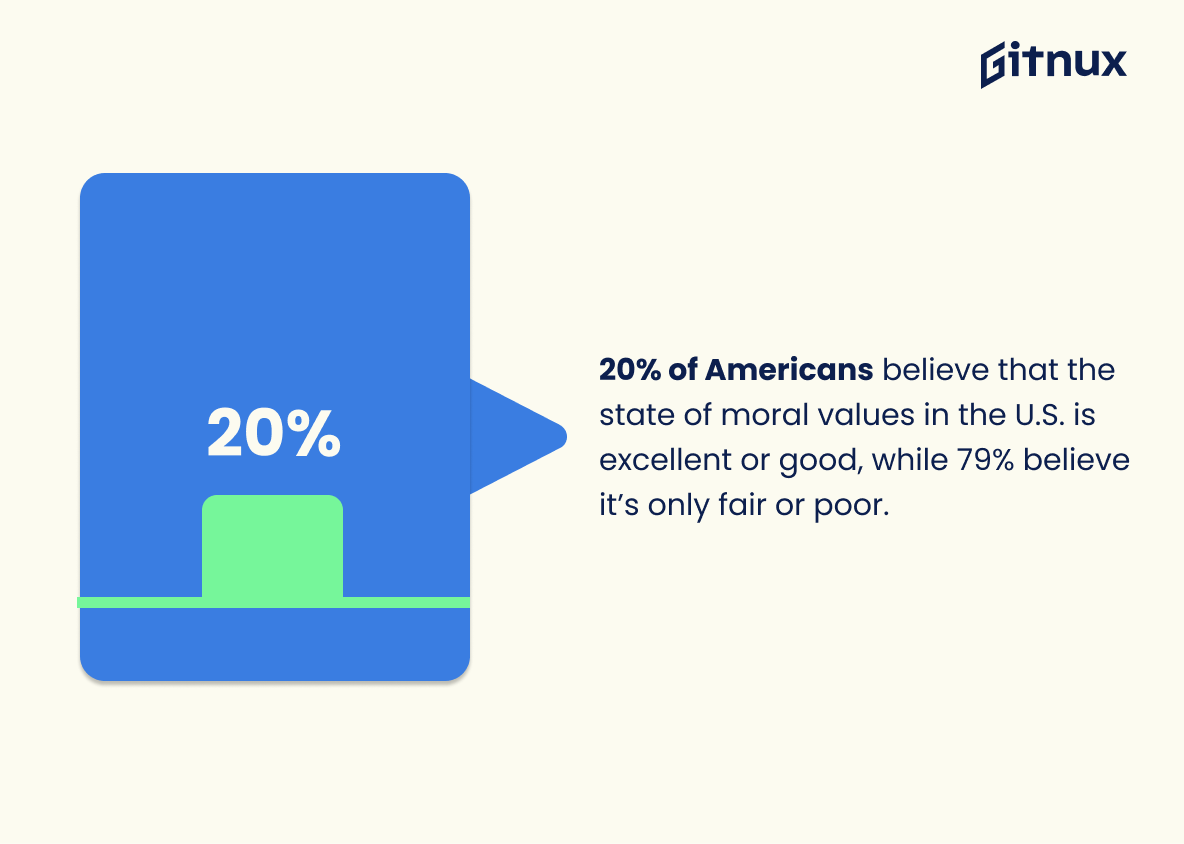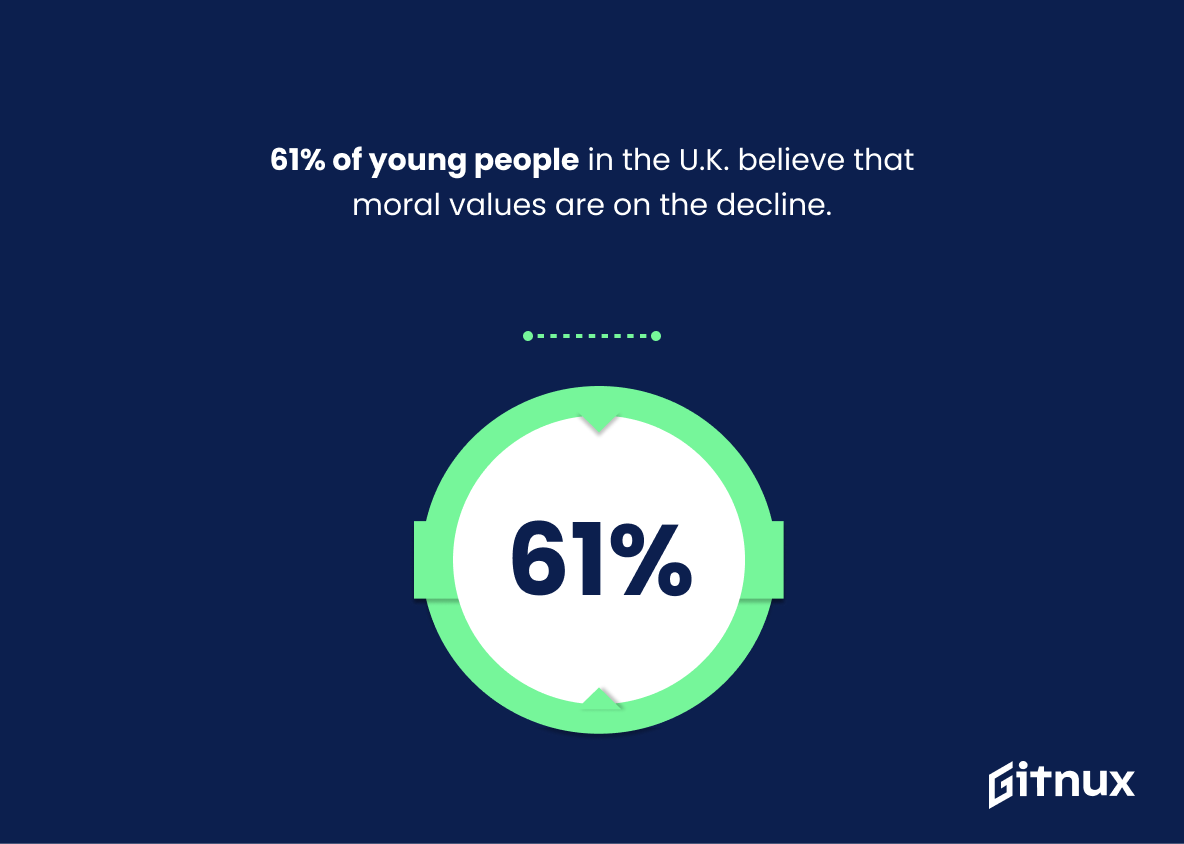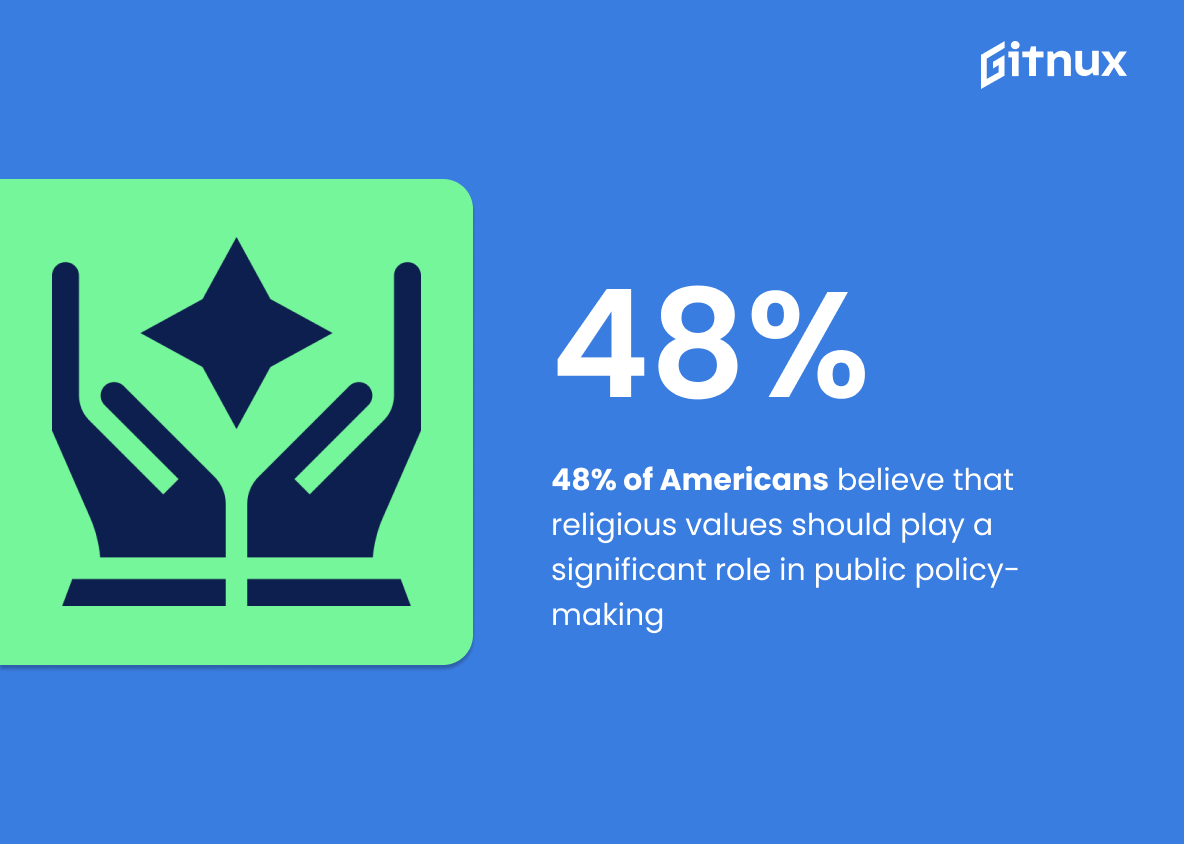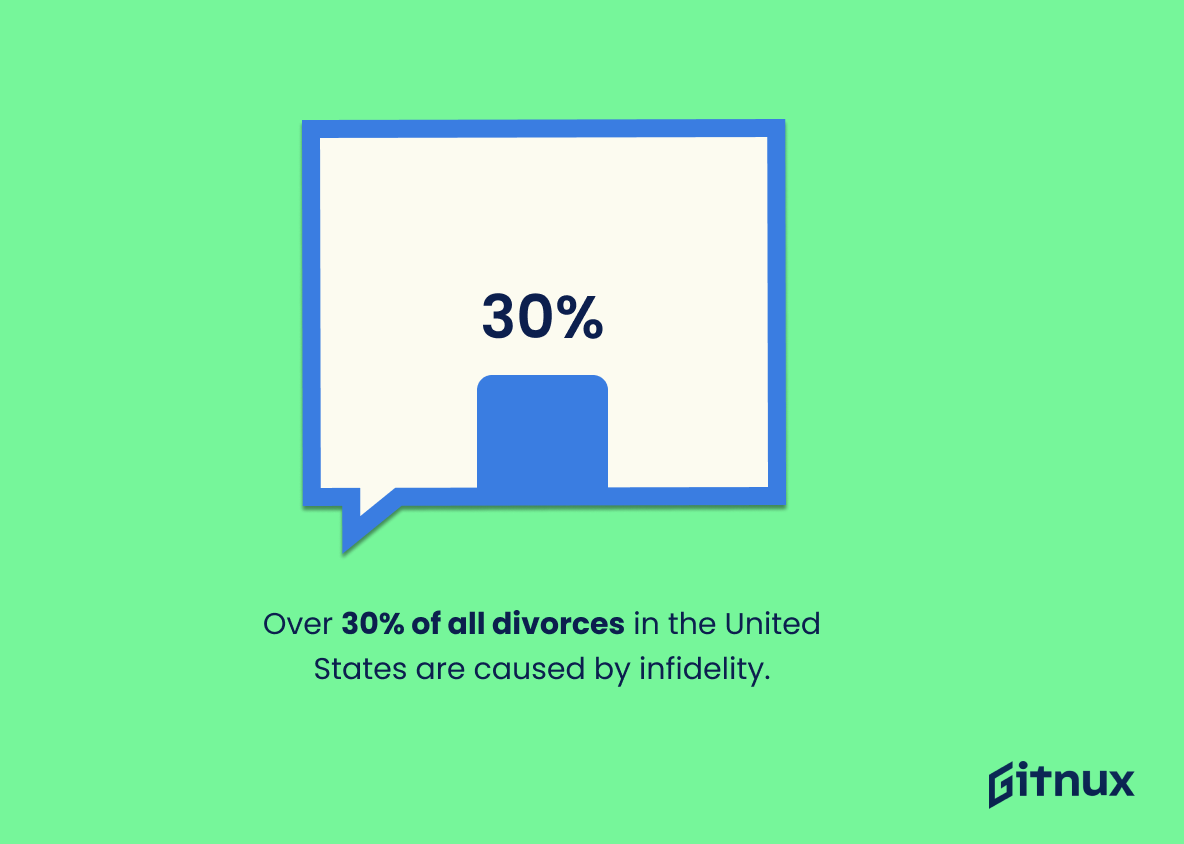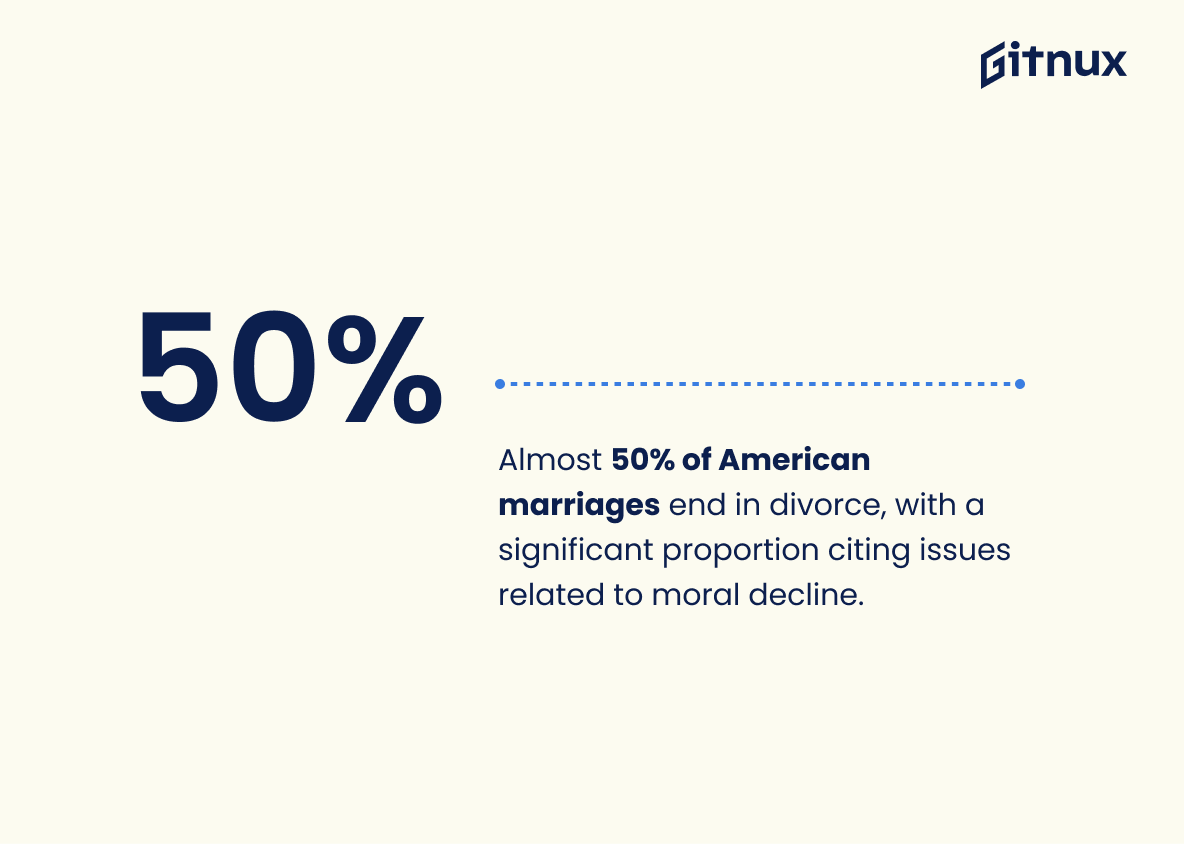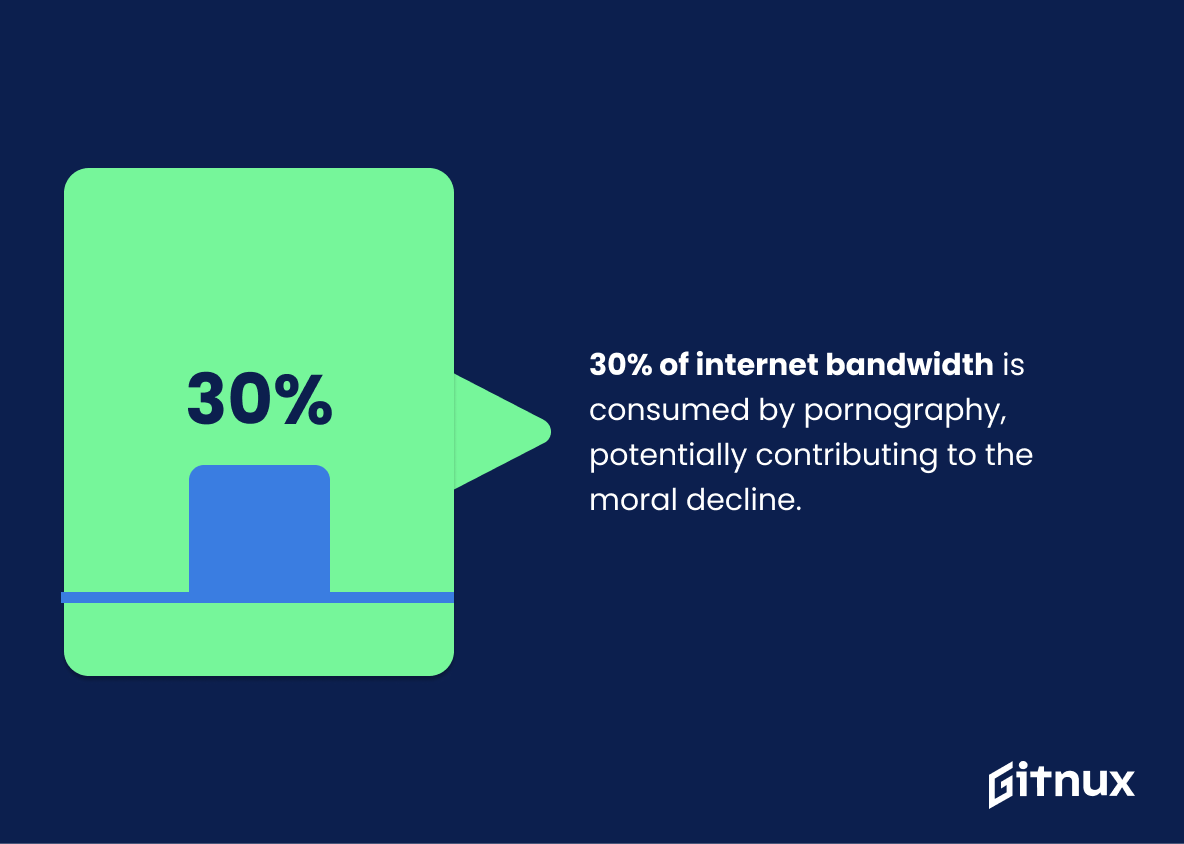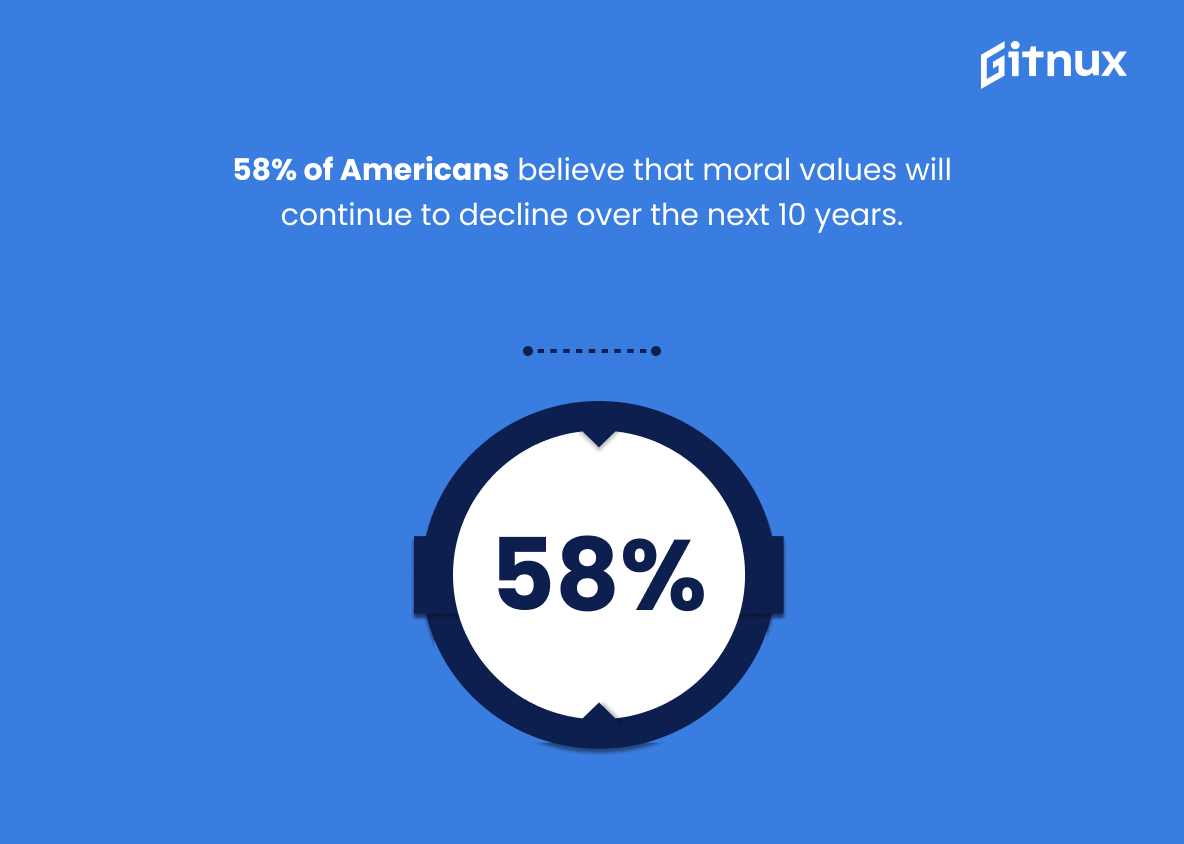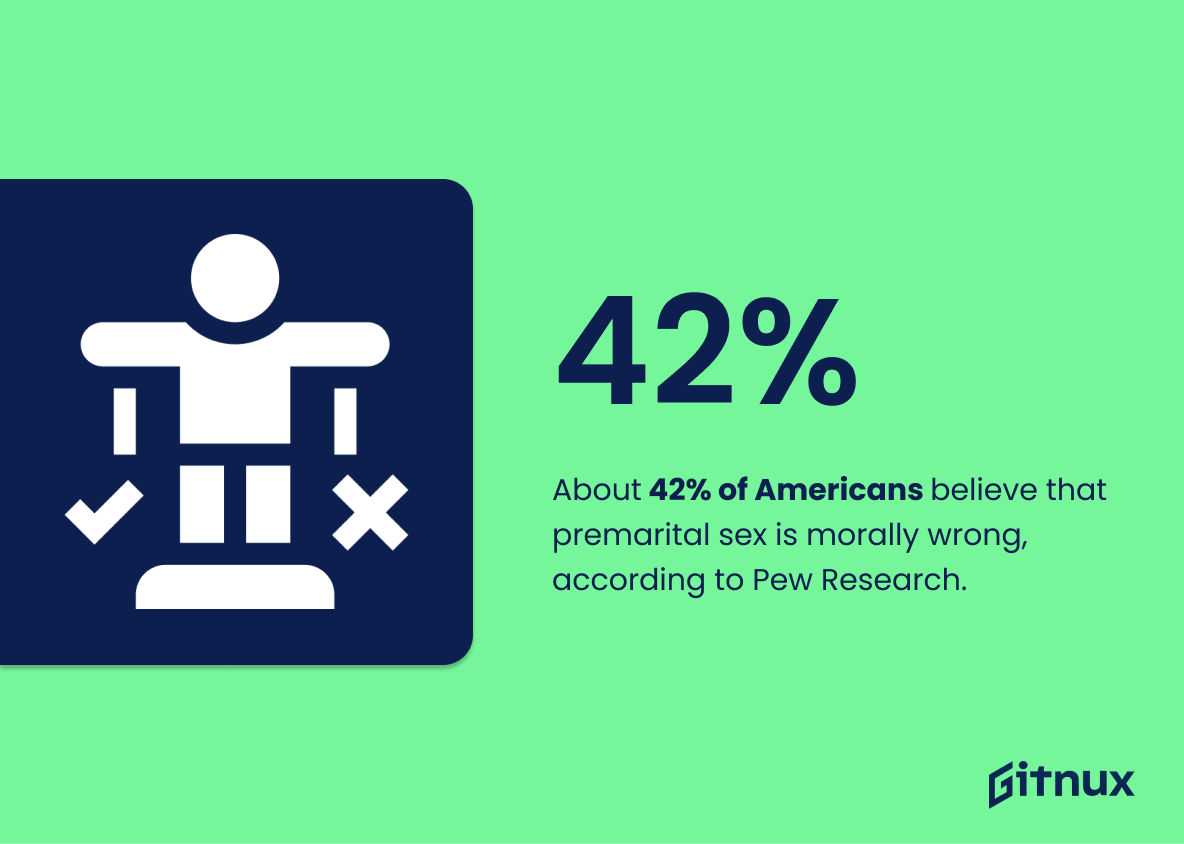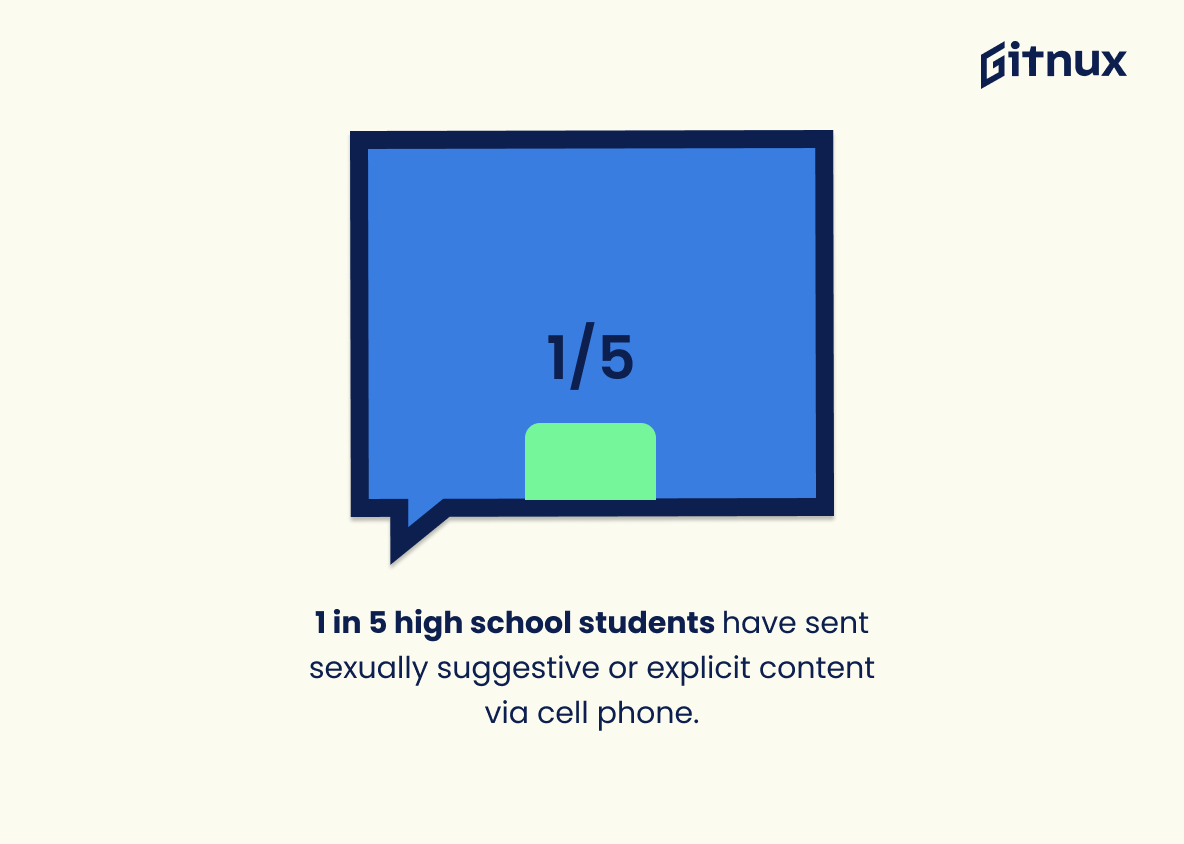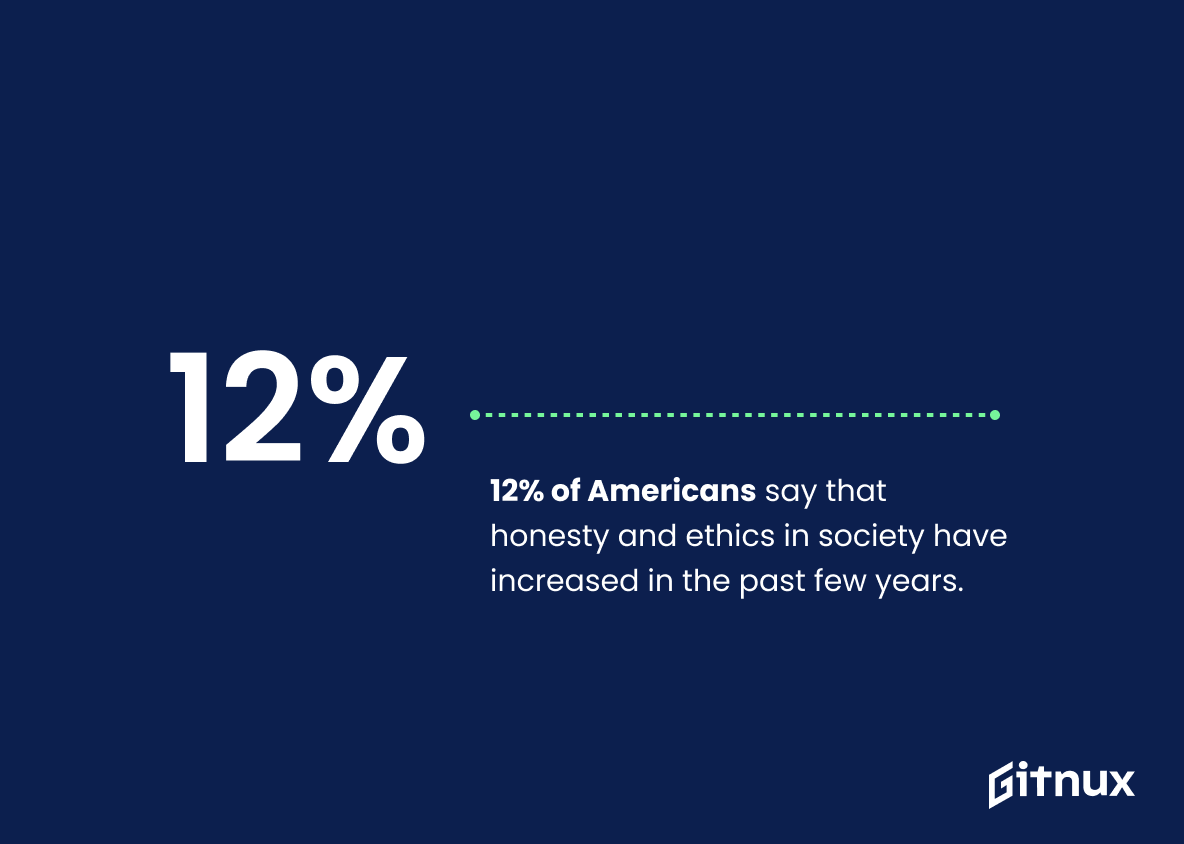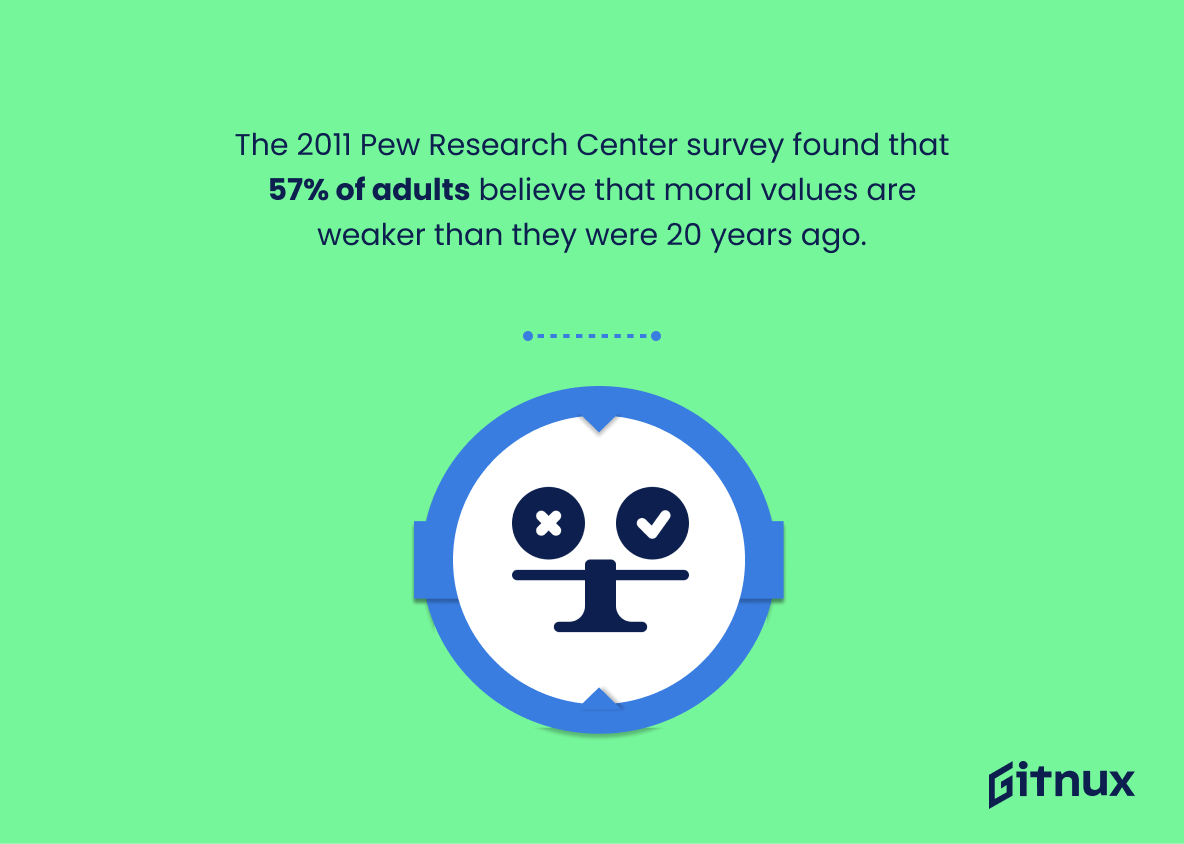As the world continues to evolve, so do our moral values. From religious teachings that guide us in making decisions about right and wrong, to how we view honesty and ethics in society – it’s clear that morality is an ever-changing concept. In this blog post, we will explore some of the statistics surrounding moral decline over recent years. We’ll look at data from various sources such as Pew Research Center, Gallup Polls, Edutopia and more to gain a better understanding of what Americans think about their own morals as well as those around them. By examining these numbers closely, we can get a clearer picture of where our country stands when it comes to ethical behavior today compared with 20 or even 30 years ago. So let’s dive into the stats.
This statistic is a telling indication of the moral compass of the American people. It suggests that a large majority of Americans are guided by religious teachings when it comes to their sense of right and wrong, which could be seen as a positive sign in terms of moral decline. It could be argued that having a strong moral foundation rooted in religious teachings could be a key factor in preventing moral decline.
45% of Americans believe that moral values in America are getting worse.
This statistic is a telling indication of the current state of morality in America. It speaks to the fact that a large portion of the population is concerned about the direction of moral values in the country, and it serves as a reminder that there is still much work to be done in order to ensure that moral values remain strong. This statistic is an important part of any discussion about moral decline, as it provides a snapshot of the public’s opinion on the matter.
Moral Decline Statistics Overview
97% of teenagers have lied to a parent or guardian.
This statistic is a stark reminder of the moral decline among teenagers today. It speaks to the fact that many young people are not being honest with their parents or guardians, which can have serious consequences for their relationships and their overall development. It is a worrying sign that the values of honesty and integrity are not being instilled in the next generation, and it is a trend that needs to be addressed.
70% of adults say that people’s moral standards have been on the decline in the last 20 years.
This statistic is a powerful indicator of the current state of morality in society. It suggests that the majority of adults perceive a decrease in moral standards over the past two decades, which is a concerning trend that should be addressed. This statistic is an important piece of evidence to consider when discussing the topic of moral decline, and it can be used to support the argument that society is in need of a moral revival.
60% of high school students admit to cheating on exams.
This statistic is a stark reminder of the moral decline in today’s society, particularly among high school students. It speaks to the lack of integrity and respect for the educational system, and the willingness of students to take shortcuts to get ahead. It is a troubling sign of the times, and a reminder that we must continue to strive for higher standards of morality and ethical behavior.
20% of Americans believe that the state of moral values in the U.S. is excellent or good, while 79% believe it’s only fair or poor.
This statistic is a powerful indicator of the current state of moral values in the U.S. It paints a stark picture of the reality that the majority of Americans feel that moral values are in a state of decline. This statistic is an important piece of evidence to consider when discussing the moral decline of the nation, and it serves as a reminder that there is still much work to be done to improve the moral values of the country.
61% of young people in the U.K. believe that moral values are on the decline.
This statistic is a powerful indicator of the current state of moral values in the U.K., and serves as a stark reminder of the need for society to take action to address this issue. It is a clear sign that the majority of young people in the U.K. are concerned about the direction moral values are heading, and that this is an issue that needs to be addressed. This statistic is an important piece of evidence to include in a blog post about Moral Decline Statistics, as it provides a tangible example of the impact this issue is having on the younger generation.
48% of Americans believe that religious values should play a significant role in public policy-making, while 51% of Americans disagree.
This statistic is a telling indication of the moral climate in the United States. It suggests that a majority of Americans are not in favor of religious values playing a major role in public policy-making, which could be seen as a sign of a decline in moral values. This could be further explored in a blog post about Moral Decline Statistics.
Over 30% of all divorces in the United States are caused by infidelity.
This statistic serves as a stark reminder of the prevalence of infidelity in the United States, and how it is contributing to the moral decline of the nation. It is a sign that the traditional values of fidelity and commitment are being eroded, and that the sanctity of marriage is being undermined. This statistic is a powerful indicator of the moral decline of the nation, and should be taken seriously.
Almost 50% of American marriages end in divorce, with a significant proportion citing issues related to moral decline.
This statistic serves as a stark reminder of the prevalence of moral decline in our society, with almost half of all marriages ending in divorce due to issues related to it. It is a powerful indicator of the need for greater awareness and understanding of the consequences of moral decline, and how it can affect our relationships and lives.
30% of internet bandwidth is consumed by pornography, potentially contributing to the moral decline.
This statistic serves as a stark reminder of the potential influence of pornography on moral decline. It highlights the prevalence of pornography in our society and how it may be contributing to a decrease in moral values. By bringing this statistic to light, it can help to raise awareness of the issue and encourage people to take action to help combat the moral decline.
58% of Americans believe that moral values will continue to decline over the next 10 years.
This statistic is a stark reminder of the current state of morality in the United States. It paints a picture of a nation that is increasingly losing its moral compass, and it serves as a warning that if we do not take action to reverse this trend, the future of our society could be in jeopardy. This statistic is an important piece of evidence that should be included in any discussion about the moral decline of our nation.
About 42% of Americans believe that premarital sex is morally wrong, according to Pew Research.
This statistic serves as a stark reminder of the moral divide that exists in America today. It highlights the fact that a significant portion of the population still holds traditional values when it comes to premarital sex, and that these values are still very much alive and well. This statistic is important to consider when discussing the moral decline of society, as it shows that there is still a large portion of the population that holds traditional values and beliefs.
1 in 5 high school students have sent sexually suggestive or explicit content via cell phone, which some argue contributes to moral decline.
This statistic serves as a stark reminder of the prevalence of sexually suggestive or explicit content being sent via cell phone among high school students, and thus highlights the potential for such behavior to contribute to moral decline.
12% of Americans say that honesty and ethics in society have increased in the past few years, while 49% say they have decreased.
This statistic is a telling indication of the current state of morality in the United States. It shows that a majority of Americans believe that ethics and honesty have declined in recent years, suggesting that moral decline is a real and pressing issue. This statistic is an important piece of evidence that can be used to support the argument that moral decline is a growing problem in the United States.
50% of the United States population believes that the increase in violent crime rates is a result of moral decline.
This statistic is a powerful indicator of the public’s perception of the correlation between moral decline and violent crime rates. It speaks to the widespread belief that the two are linked, and provides a strong foundation for further discussion on the topic. It is an important piece of evidence that can be used to support the argument that moral decline is a contributing factor to the rise in violent crime rates.
The 2011 Pew Research Center survey found that 57% of adults believe that moral values are weaker than they were 20 years ago, a decline in standards.
This statistic serves as a stark reminder of the deteriorating moral values in our society. It paints a picture of a society that is becoming increasingly lax in its standards, and highlights the need for a renewed focus on moral values. This statistic is a powerful indicator of the need for a shift in our collective mindset, and serves as a call to action for individuals and communities to take a stand against moral decline.
A 2017 study found that Millennials have significantly different moral values compared to baby boomers, which has led some to argue that this change depicts a decline in traditional morality.
This statistic is a powerful indicator of the changing moral landscape, providing evidence that traditional morality is indeed in decline. It serves as a reminder that the values of each generation are constantly evolving, and that it is important to stay informed about the current state of morality. As such, this statistic is an invaluable resource for anyone looking to gain a better understanding of the moral decline that is occurring in our society.
Conclusion
After examining the statistics, it is clear that there has been a decline in moral values over the past two decades. This can be seen through various indicators such as religious beliefs, attitudes towards premarital sex and drug use, cheating on exams and tests, infidelity in marriages, pornography consumption rates and violent crime rates. Furthermore, generational differences have also contributed to this trend of declining morality among Americans. It is important for individuals to recognize these changes so they can take steps to ensure their own personal morals remain strong despite societal influences.
References
0. – https://www.www.centreforsocialjustice.org.uk
1. – https://www.www.pewresearch.org
2. – https://www.melaniegibbons.files.wordpress.com
3. – https://www.www.prri.org
4. – https://www.www.mercatornet.com
5. – https://www.news.gallup.com
6. – https://www.ifstudies.org
7. – https://www.www.apa.org
8. – https://www.www.christianpost.com
9. – https://www.www.researchgate.net
10. – https://www.www.statista.com
11. – https://www.www.huffpost.com
12. – https://www.www.edutopia.org
13. – https://www.www.pewforum.org
